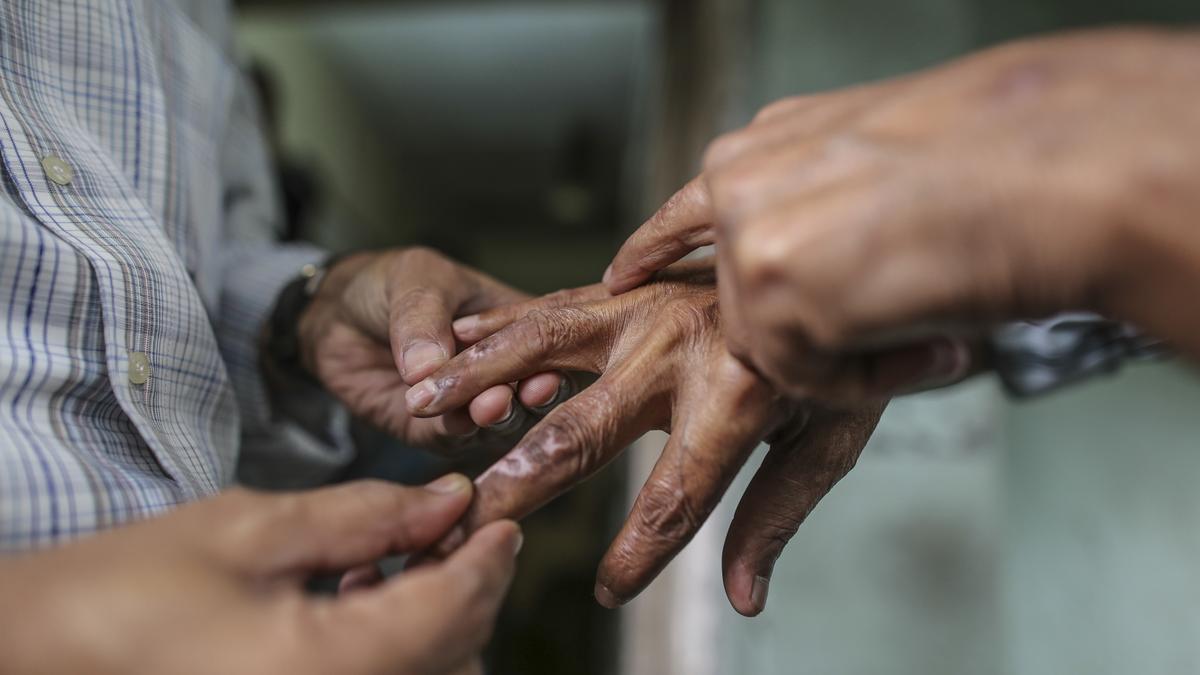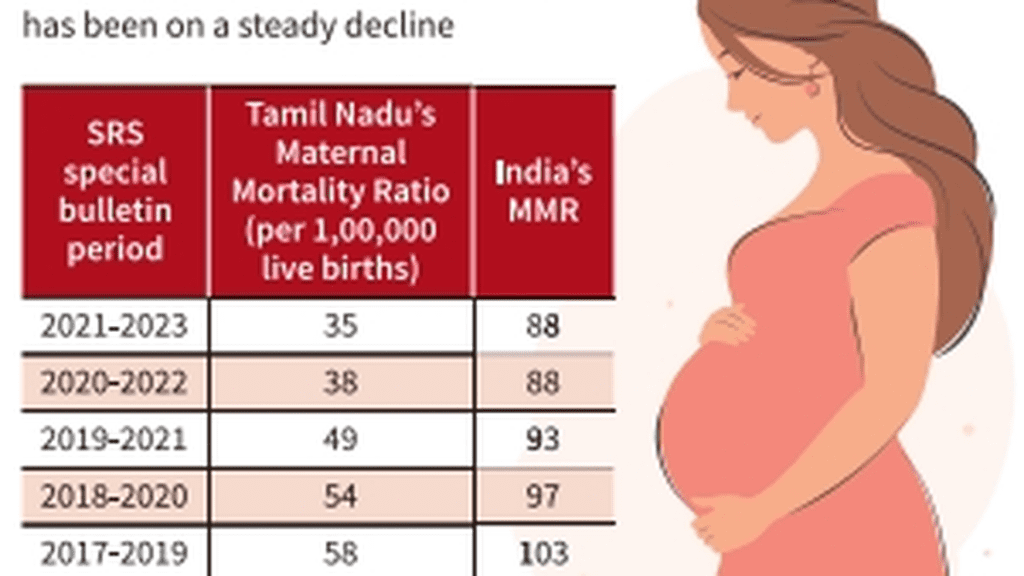In Karnataka, prevalence rate of leprosy in three districts continues to remain higher than national average Premium

In Karnataka, prevalence rate of leprosy in three districts continues to remain higher than national average Premium
Although Karnataka is considered a low leprosy endemic State, the prevalence rate in three districts — Koppal, Vijayanagara, and Ballari — continues to be higher than the national average of 0.6%. Overall, the State has recorded a prevalence rate of 0.33% in 2023–2024. January 30 is observed as National Leprosy Eradication Day.
With a marginal rise in the number of new cases detected over the past two years, the overall prevalence rate has also gone up from 0.31% in 2022-2023 to 0.33% in 2023-2024. While district-wise data shows that the prevalence is less than 1% in Karnataka, 10 districts have crossed the State’s average prevalence rate. Koppal has the highest prevalence rate at 0.78%, and Hassan and Chikkamagaluru have the lowest at 0.04% and 0.07% respectively.
The rate of Grade II deformity has also been on the rise. While it was 2.5% in 2019–2020; the rate of deformity rose to 2.6% and 3.04% in 2020–2021 and 2021–2022, respectively. This further rose to 3.65% in 2022-2023 and has almost remained the same (3.64%) in 2023-2024.
However, the percentage of multibacillary (infectious) leprosy cases among the new cases detected since 2022-2023 has reduced. Multibacillary (MB) leprosy is a more severe form of the disease.
While 71% of the total 2,724 cases detected in 2019–2020 were MB cases; the percentage rose to 78% and 81% in 2020–2021 and 2021–2022, respectively. The number of multibacillary cases reduced to 80% in 2022-2023 and 78% in 2023-2024 and 2024-2025 (till December). The national average is 60.88%, according to data from the State Health and Family Welfare Department.
Rekha S., State in-charge Joint Director (Leprosy), told The Hindu that leprosy is a non-fatal but deformity-causing disease. It affects not only the individual but also the family and community with social implications of stigma and discrimination.
“However, if leprosy is detected and diagnosed early – at the stage of skin patches and treated early with Multi-Drug Treatment (MDT), it is completely curable and deformity can be prevented. MDT is available free of cost at all the public health facilities,” she said.
“As per the Centre’s guidelines, we are conducting the Sparsh Leprosy Awareness Campaign (SLAC) from January 30 to February 13 every year since 2017. Under the campaign we are creating awareness about voluntary reporting of patches, early detection and treatment with MDT. The goal is to achieve a complete cure to prevent disability,” the official explained.
The need of the hour is coordination of all the departments to facilitate early detection of cases, diagnosis, and timely treatment to prevent deformity. “We are working to overcome the stigma and discrimination associated with leprosy and to ensure leprosy patients live with dignity in the mainstream of society,” she added.
Senior specialist Girish M.S., who heads the Department of Skin and STD at Rajajinagar ESIC Medical College and Model Hospital, said the incidence is high among migrant population who come to Karnataka from Bihar, Odisha, and West Bengal. “Many discontinue treatment resulting in relapse of the disease. This also leads to drug resistance,” he said.
Early recognition symptoms include light, white or copper-coloured shiny skin patches with loss of sensations of touch, pain, temperature and absence of sweat on any part of the body (particularly on the back of the trunk and thighs which often goes unnoticed), Dr. Girish added.










